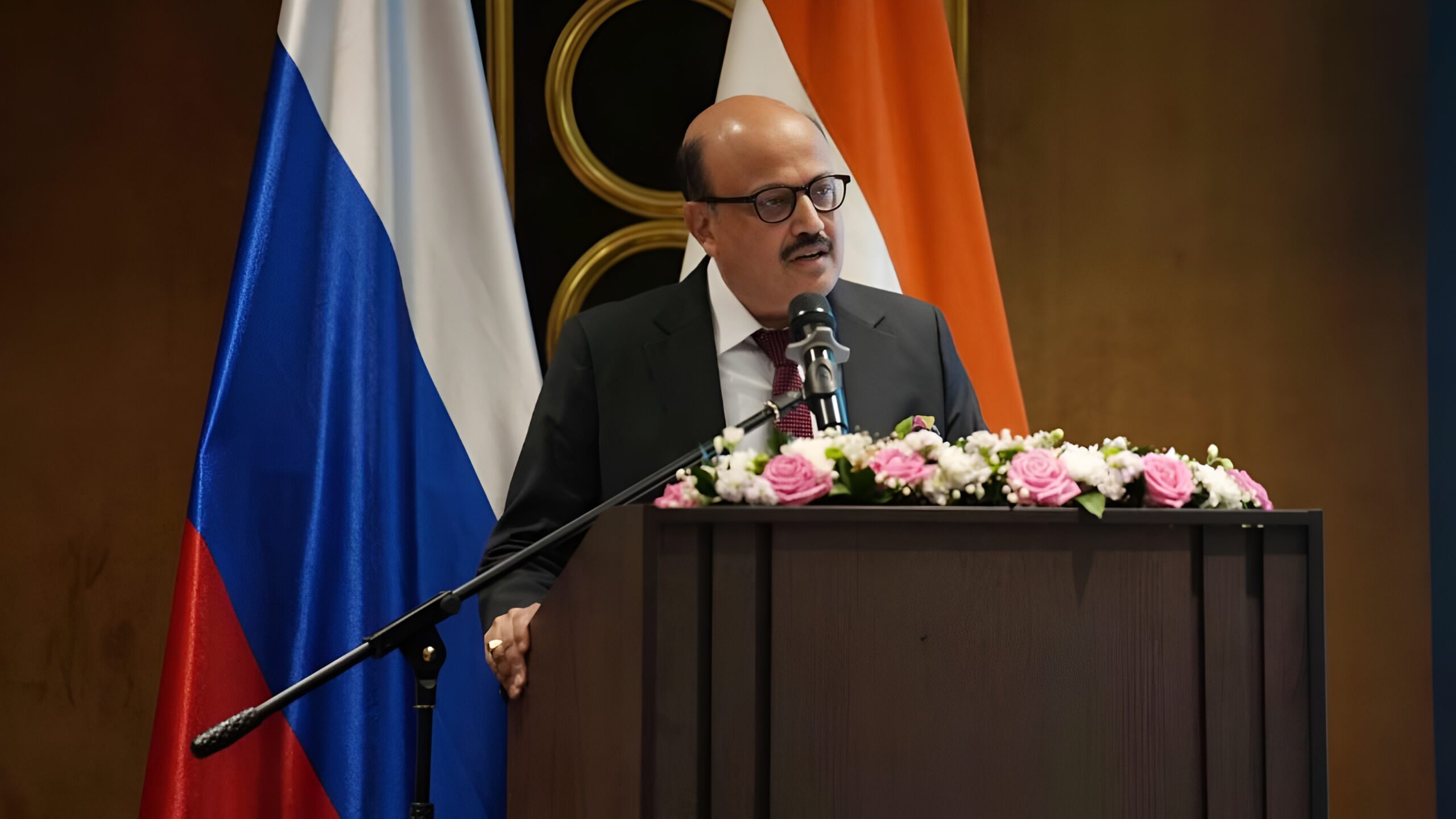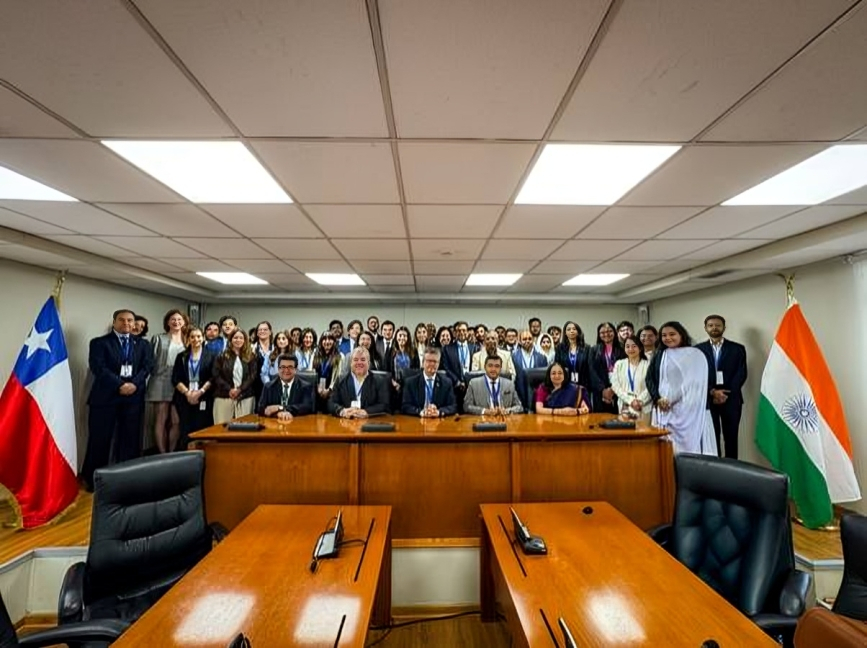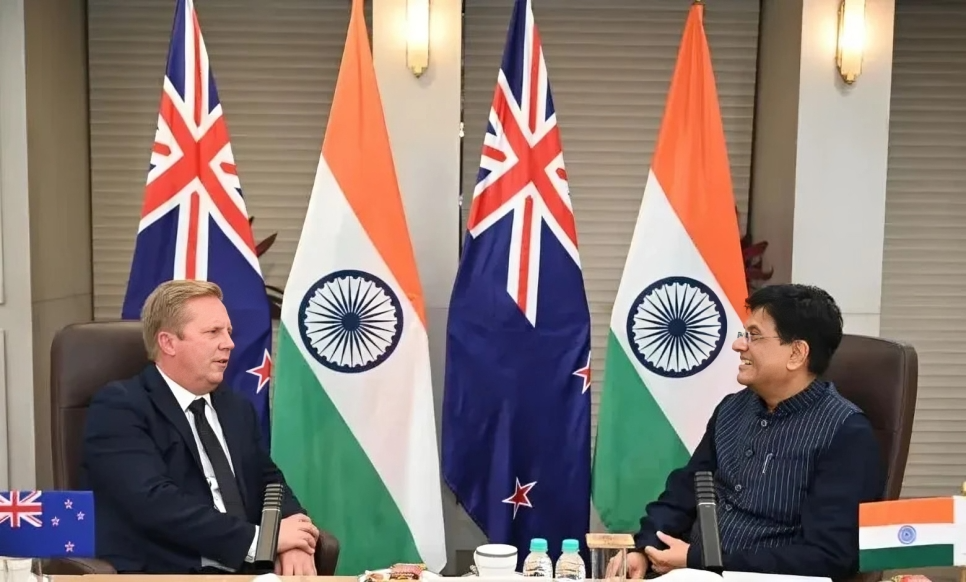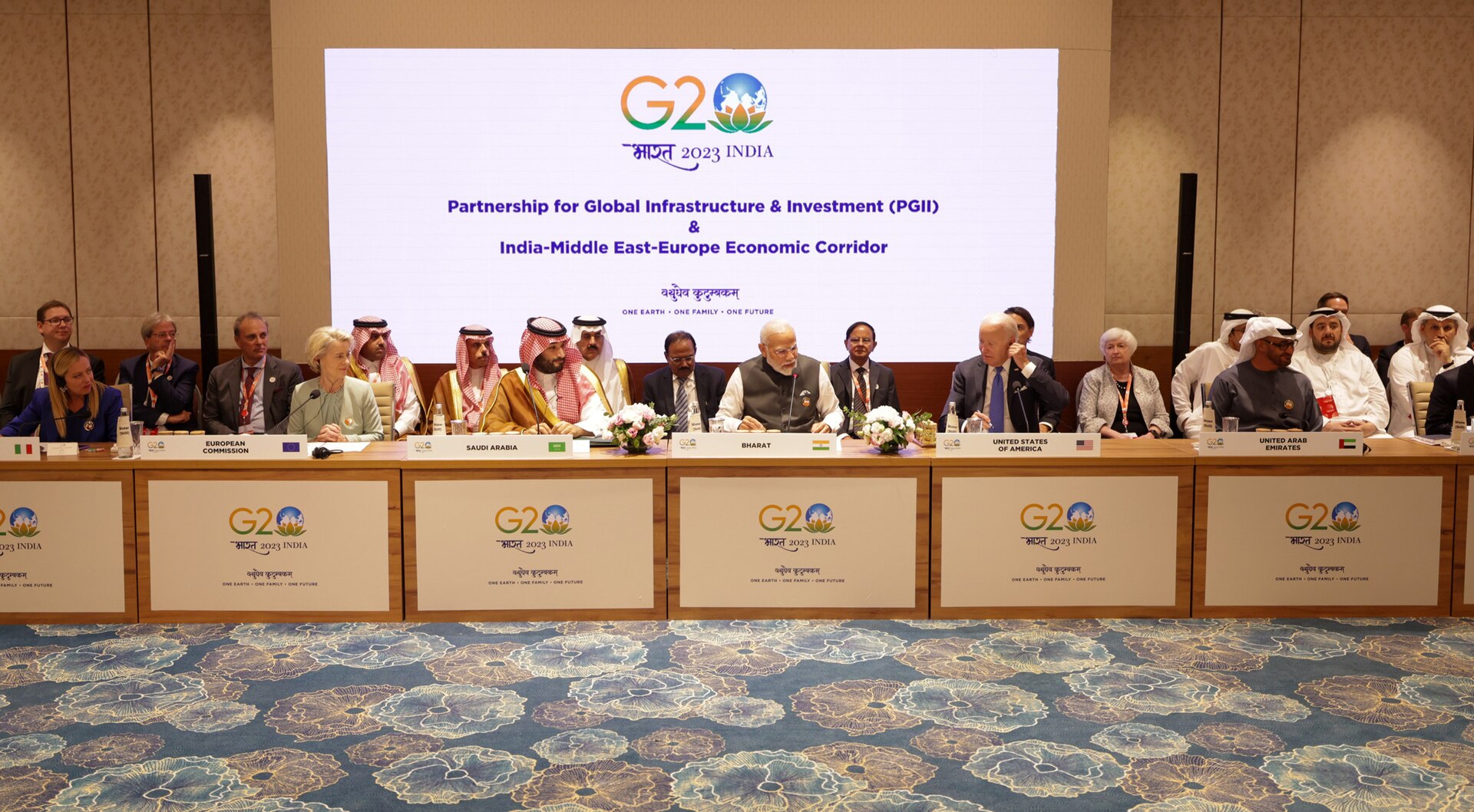India’s Corridor Strategy: From Trade Routes to Shared Prosperity
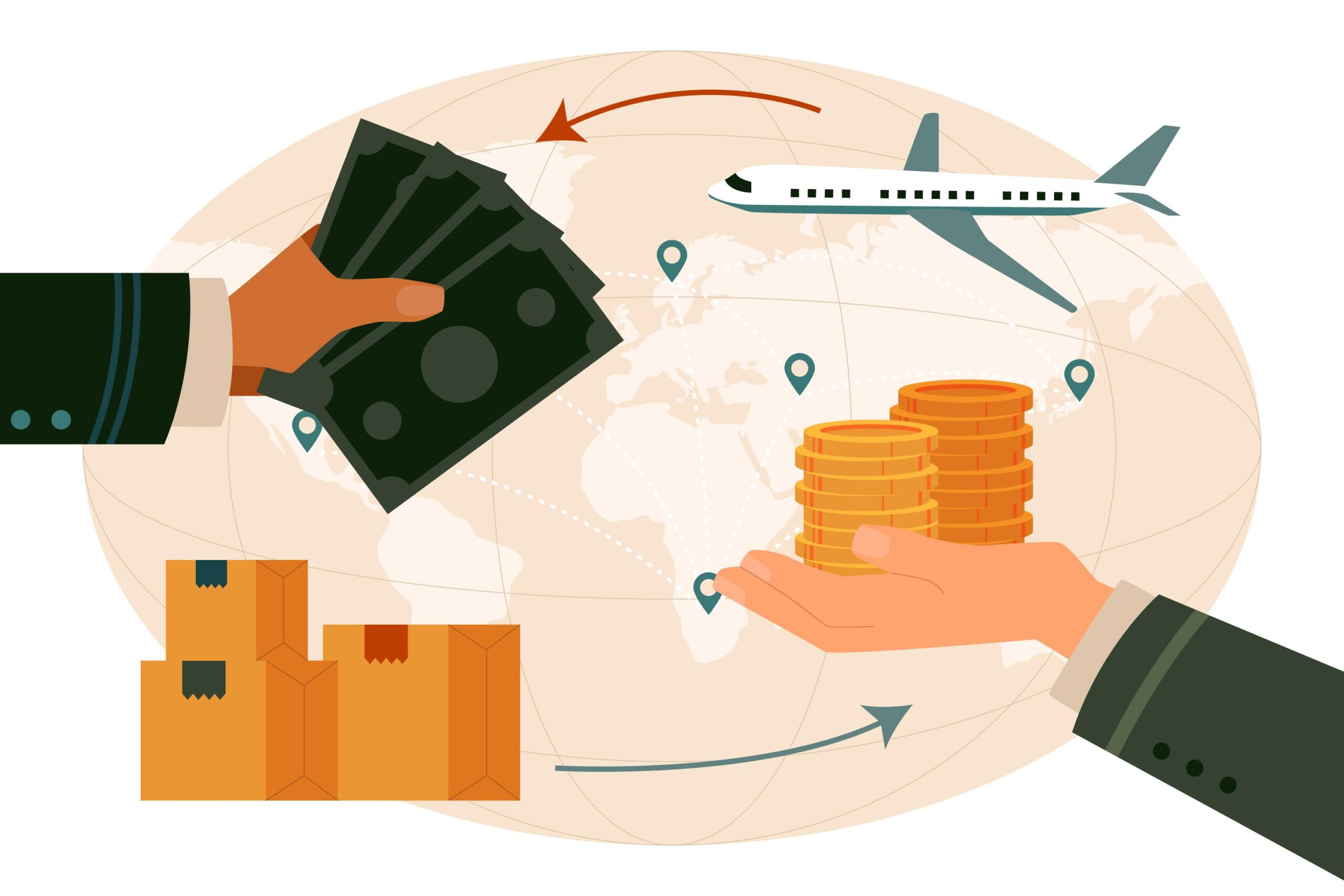
Global trade is no longer about simply moving goods from one port to another. It is increasingly about shaping ecosystems, aligning capital and creating corridors that enable shared prosperity. In 2025, India’s role in these corridors is being redefined. Far from being just a trading partner, India is emerging as an economic co-architect, weaving together logistics, capital flows and digital frameworks into an ambitious vision of interconnected growth across the Middle East and Africa.
Reviving Corridors with New Ambition
The historical linkages between India and Africa are well-known, but the recent surge in trade shows how these bonds are being revitalized with strategy and purpose. India already accounts for nearly 6.5% of Africa’s imports, exporting about US$28 billion annually. This exchange is being elevated through new initiatives such as the Bharat Africa Setu, developed in partnership with DP World. By integrating Indian exporters with 53 African nations and over 260,000 points of sale, the platform provides both market access and scale and does so with modern logistics at its core.
Indian firms are also deepening their on-ground presence. A striking example is Adani Ports’ 30-year concession to manage Container Terminal 2 at Dar es Salaam, Tanzania. Such moves demonstrate that India is not just selling into Africa; it is investing in Africa’s own trade infrastructure. Similarly, the earlier Asia-Africa Growth Corridor (AAGC), once envisioned as a counterweight to China’s Belt and Road, could be revisited to restore momentum and bolster regional cooperation.
Building Corridors of Capital
While logistics remain vital, the newer story is how trade corridors are evolving into corridors of capital. India’s trade with the Gulf Cooperation Council (GCC) has already crossed US$162 billion, with exports worth US$56.3 billion in 2023–24. The India–UAE Comprehensive Economic Partnership Agreement (CEPA) has unlocked flows not only of goods, but also of investment into sectors such as healthcare, digital infrastructure and advanced manufacturing.
This transformation is also being supported by a new generation of bilateral investment treaties that provide clarity and protection to investors. Digital payments integration, such as the planned link between India’s UPI and the UAE’s AANI system, shows that financial corridors are keeping pace with physical ones. These frameworks reduce friction, improve trust and create the conditions for large-scale co-investment.
India’s engagement with Africa is equally strong, with bilateral trade exceeding US$80 billion in 2023–24. South Africa, Nigeria and Tanzania remain leading partners, while trade between India and South Africa alone reached US$19.25 billion in the same period. This expanding trade matrix points to a future where India acts as a bridge across multiple regions.
Expanding the Sectoral Footprint
What is especially striking today is the diversity of sectors driving these corridors. Digital services and fintech are emerging as game changers, with Indian firms exporting not only products but also digital public infrastructure frameworks. Manufacturing is another pillar, as GCC economies seek to diversify beyond hydrocarbons and invite Indian manufacturers into joint ventures. Healthcare and life sciences are witnessing regulatory opening, creating new opportunities for Indian pharmaceutical and medtech enterprises.
Energy, infrastructure, and renewables are equally central. India’s strengths in solar, wind, and smart grids dovetail with Africa’s urgent need for sustainable solutions. Here, the corridor is not just about exporting expertise but co-creating resilient systems for the future.
Why India Matters
Several qualities give India an edge in this emerging landscape. Its vast talent pool and cost-competitive innovation capacity make it an attractive partner for countries looking for scale and affordability. Its diaspora networks, embedded in African and Gulf economies, provide soft power and ease of entry. And its policy alignment whether through CEPA, the Bharat Africa Setu, or potential links to Africa’s continental free trade area ensures that India’s economic diplomacy supports business ambitions.
Digital integration is another differentiator. Platforms like UPI and DigiLocker, now being linked to global systems, extend India’s domestic innovations outward, making it a provider of digital infrastructure to the world.
Navigating Friction
Yet, these opportunities are not without hurdles. Each country along the corridor brings its own regulatory complexities and political risks. Infrastructure bottlenecks, customs inefficiencies and non-tariff barriers remain persistent challenges. Exchange rate volatility and financial market limitations in several African states also complicate long-term planning. To succeed, Indian enterprises must pair ambition with agility tailoring strategies for individual markets, building local partnerships and investing in compliance and resilience.
From Trade Pipelines to Growth Ecosystems
What distinguishes this moment in India’s engagement is a shift in mindset. Corridors are no longer treated as one-way pipelines for goods. Instead, they are ecosystems of co-investment, where infrastructure, services and innovation are jointly built and shared. India is moving from being a supplier to becoming a growth partner, anchoring new models of mutual prosperity.
Looking Ahead
The next five years may see Indian firms set up manufacturing hubs across African markets to serve both local consumers and global supply chains. In the Gulf, joint ventures in free zones could position India at the heart of diversified industrial ecosystems. Digital corridors, underpinned by fintech and data platforms, could become as important as shipping lanes. And climate-aligned cooperation, from green hydrogen to carbon credits could make sustainability a central pillar of corridor strategy.
India’s engagement with the Middle East and Africa is no longer defined by trade volumes alone. It is increasingly about capital, co-creation, and shared sovereignty. By investing in ports, forging payment linkages and driving digital platforms, India is shaping the architecture of tomorrow’s trade routes.
If executed with vision, these corridors will not just carry goods they will carry growth, innovation and trust, positioning India at the centre of a new global order.






